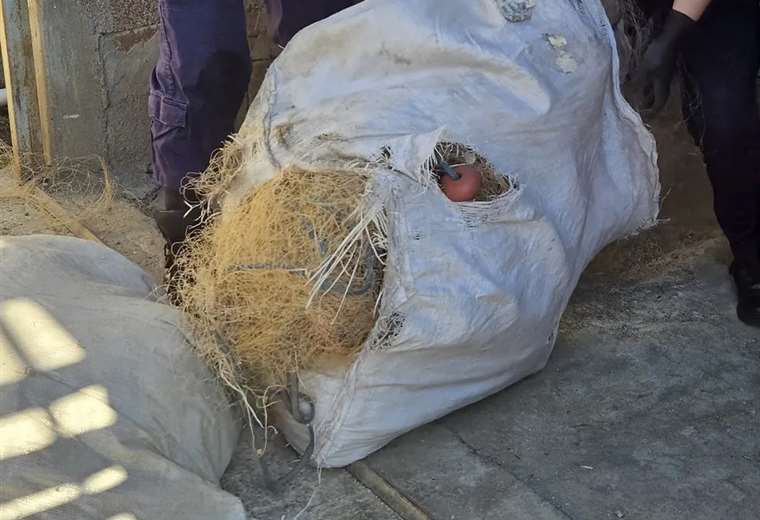Nearly a ton of cocaine allegedly bound for Europe was seized in Uruguay during an operation that included five raids, two arrests and the confiscation of a fishing boat, authorities reported on Friday.
“A careful investigation by the General Anti-Drug Directorate led to the seizure of around one tonne of drugs, valued at more than 30 million euros on the European market,” Interior Minister Nicolás Martinelli said on the social network X.
At a press conference, the director of the National Police, José Azambuya, said that investigations initiated in March thanks to the exchange of information with anti-narcotics agencies in the region, including the US DEA, allowed five raids to be carried out on Friday in the metropolitan area of the Uruguayan capital.
During the operation, a 54-year-old woman with a criminal record for money laundering in 2014 was arrested in Ciudad del Plata, and a 40-year-old man with no criminal record who worked as an artisanal fisherman was arrested in the Pajas Blancas neighborhood of Montevideo.
The drugs were found in “brick-like” packages in 20 bags that were in the back of the truck at the farm in Ciudad del Plata, as well as in another bag that was in the house, still unloaded.
In addition to the fishing boat, five other vehicles, weapons, money, various electronic devices and nautical items “linked to the modus operandi of the organization, such as life jackets, GPS and lighting effects” were seized, the police said in a statement.
According to the investigation, the vessel would be used to transport the drugs to a larger vessel on the high seas, or to throw them into the waters with detection devices that would allow another ship to pick them up.
Azambuya said that the origin of the cocaine is being investigated, but stressed that it is not for the Uruguayan domestic market, but rather “it comes from abroad, it is stowed,” and here “the logistics for the final destination are obtained.”
In recent years, Uruguay has gone from being a transit country to a storage country for cocaine trafficked mainly from Bolivia to Europe, according to experts.

















